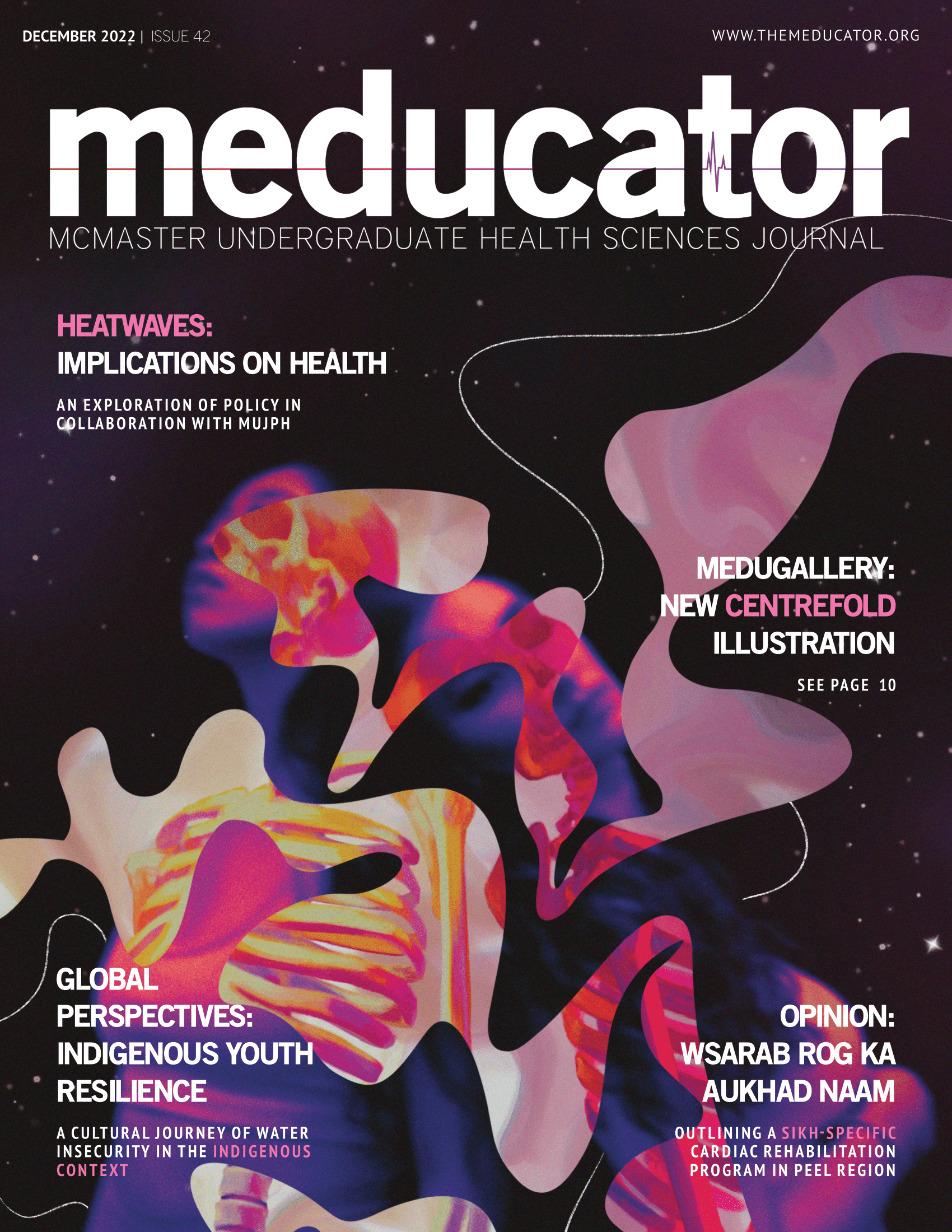Bipolar Disorder
DOI:
https://doi.org/10.15173/m.v1i42.3271Abstract
Bipolar disorder (BD), previously known as “manic depressive illness,” is a recurrent chronic disorder characterised by mood and energy-state fluctuations. People who have BD comprise more than 1% of the world’s population from all nationalities, ethnic origins, and socioeconomic statuses. There are four different types of bipolar-related disorders: bipolar disorder I, bipolar disorder II, cyclothymic disorder, and unspecified BD, which are classified by different patterns of manic, hypomanic, and depressive episodes. Where manic and hypomanic episodes are both states of increased activity, energy, or agitation, hypomanic episodes only last around four consecutive days and are less severe compared to manic episodes, which last around one week. Depressive episodes are characterised by feelings of despair and a loss of interest in previously enjoyed activities. Like many other psychological disorders, BD is often difficult to diagnose accurately in clinical practice due to large variations in individual symptoms, symptom overlap, or lack of approved biomarkers. Additionally, because many patients with BD only seek treatment for depressive episodes, many BD patients are initially misdiagnosed. Two studies conducted in 1999 and 2000 found that nearly 40% of patients with BD are initially diagnosed with unipolar depression. Previous diagnosis criteria for the types of BD were also overly restrictive. For example, according to the 4th edition of the Diagnostic and Statistical Manual of Mental Disorders (DSM-4) criteria, bipolar disorder II requires an episode of mania or hypomania lasting four days, even though
many experts believe that the average duration of the hypomanic state ranges between one to three days. Moreover, it is often difficult to elicit a past history of hypomanic episodes from patients because of its milder presentation. For many patients, the increased energy and activity experienced during hypomanic episodes may not even be considered negative, and thus will go unreported. Currently, the DSM-5 contains the most widely
acknowledged diagnostic classifications for bipolar disorder.


